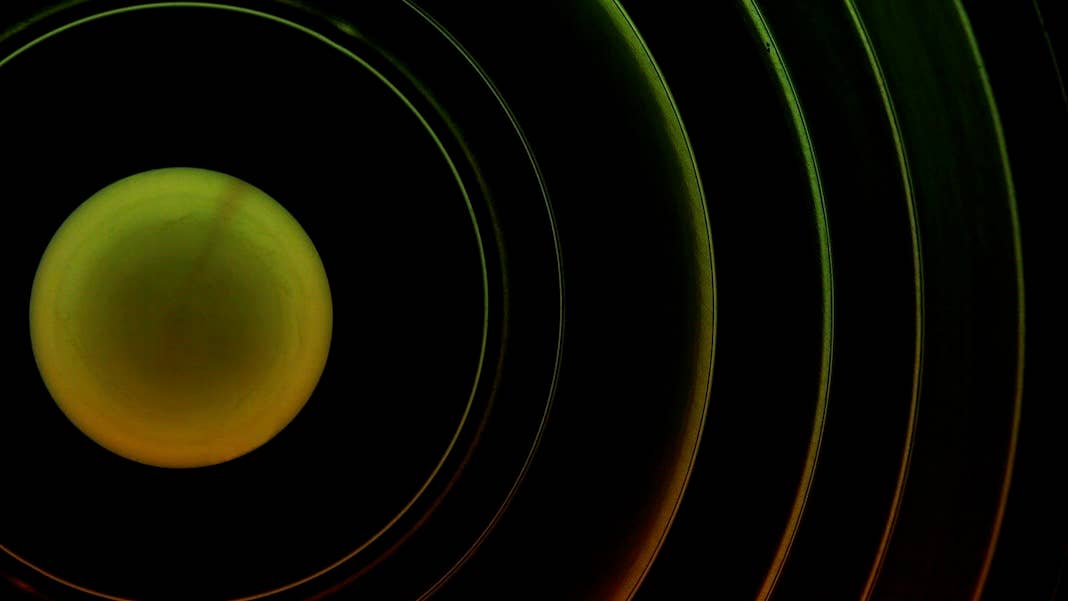Scientists Fire Up the World’s Largest Fusion Reactor for the First Time

Share
Fusion power startups have attracted considerable attention and investment in the last few years. But the powering up of the world’s largest fusion reactor in Japan shows long-term, government-run projects still have a lead.
Last week, scientists working on the JT-60SA experimental reactor at the National Institutes for Quantum Science and Technology in the city of Naka achieved “first plasma,” according to Science. That effectively means the machine was successfully switched on but is still a long way from carrying out meaningful tests or producing any power.
Nonetheless, it’s a significant milestone for a reactor meant to pave the way for the much larger ITER reactor being built in France, which is expected to be the first of its kind to generate more power than it uses. Both projects are part of a 2007 deal reached between Japan and the EU to cooperate on fusion research, and lessons learned from operating JT-60SA will guide the development of ITER.
The reactor follows a well-established design known as a tokamak, which features a doughnut-shaped chamber surrounded by coiled superconducting magnets. These magnets are used to generate powerful magnetic fields able to contain an extremely hot cloud of ionized gas known as a plasma. In this case, the plasma is made of hydrogen and its isotope deuterium.
When the temperatures get high enough, the atoms in the plasma fuse together, generating huge amounts of energy in the form of radiation and heat. This is absorbed by the walls of the reactor and used to turn water into steam that can drive a turbine to create electricity.
The JT-60SA is 15.5 meters tall and can hold 135 cubic meters of plasma, which makes it the largest tokamak built to date, but it’s still a long way from functioning as a power plant. As with its predecessors, achieving fusion will require significantly more power than the reaction generates.
But the new reactor isn’t supposed to reach energy breakeven. Its mission is to act as a test bed for ITER, which is currently under construction in Cadarache in southern France, by helping investigate plasma stability and how it affects power output. ITER will be nearly twice as tall as JT-60SA and capable of holding 830 cubic meters of plasma.
Once it is fully up and running, ITER is expected to generate 500 megawatts of power from its plasma while using only 50 megawatts to heat it up. It isn’t designed to generate electricity from that power, but achieving this kind of energy gain would be a crucial milestone on the road to commercial fusion power plants.
Be Part of the Future
Sign up to receive top stories about groundbreaking technologies and visionary thinkers from SingularityHub.


The JT-60SA reactor is expected to reach full power in the next two years, while ITER is aiming for first plasma by 2025 and full operation by 2035. But both projects have experienced significant delays and had to regularly update their timelines, contributing to fusion power’s reputation as a technology that’s perpetually 20 years away.
In the meantime, a new crop of fusion power startups has emerged with much more aggressive schedules. Companies like Commonwealth Fusion Systems think they could have a working fusion power plant up and running by the early 2030s, and Helion Energy has signed an energy purchase agreement with Microsoft to start supplying electricity as early as 2028.
These companies are betting they can overtake the more ponderous government-run initiatives that have been making slow and steady process over decades. Whether these ambitious goals pan out remains to be seen, and it’s worth remembering the only facility to achieve a net energy gain in a fusion reaction so far is the Lawrence Livermore National Laboratory.
But having both private and public investment in fusion power can only be a good thing. The more people working on the problem, the faster it’s likely to get solved.
Image Credit: Engin Akyurt / Pixabay
Related Articles

Your ChatGPT Habit Could Depend on Nuclear Power

Hugging Face Says AI Models With Reasoning Use 30x More Energy on Average

Startup Zap Energy Just Set a Fusion Power Record With Its Latest Reactor
What we’re reading

